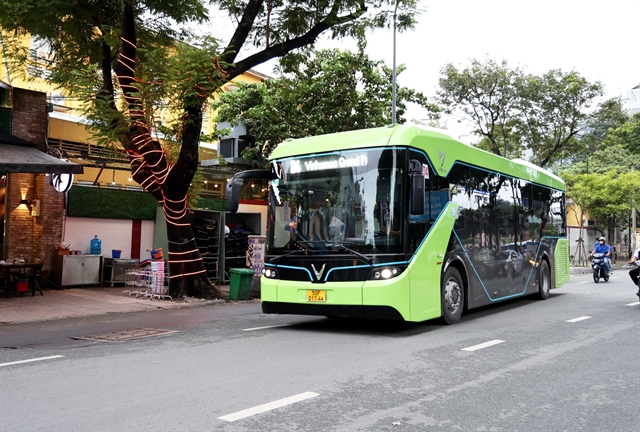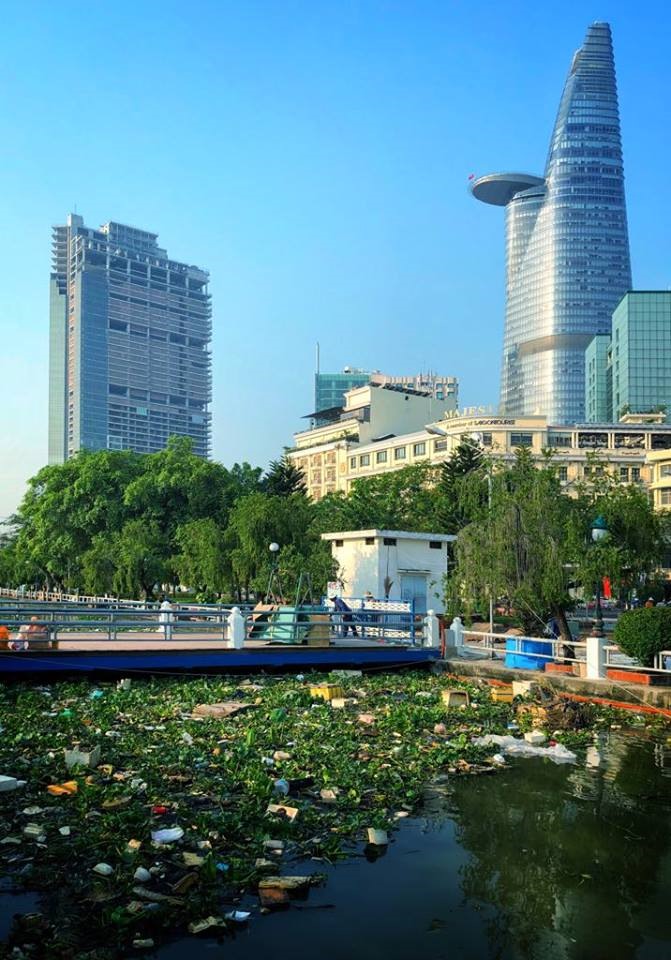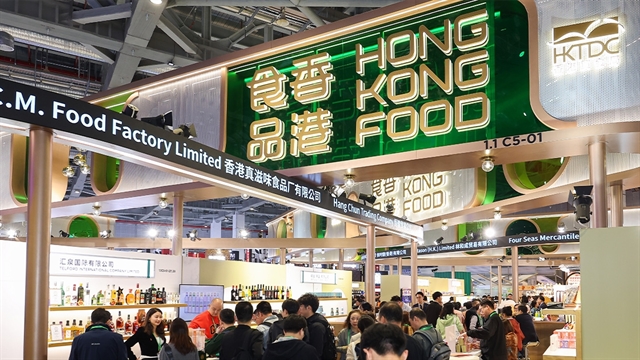 Environment
Environment

HCM City is being slowly choked by plastic waste, with 60 tonnes generated every day and only 10 per cent of them recycled.
 |
| Waste is seen on the Sài Gòn River in HCM City. — VNS Photo Việt Thanh |
HCM CITY – HCM City is being slowly choked by plastic waste, with 60 tonnes generated every day and only 10 per cent of them recycled.
Due to the low quality of the plastic, only a small proportion is treatable, according to the Department of Natural Resources and Environment.
Overall, the city generates 9,000 tonnes of plastic waste, of which 6,000 tonnes are buried and 3,000 tonnes are treated.
Another reason for the low treatment rate in the case of plastic is the failure to classify waste by households and commercial establishments alike.
All kinds of wastes are mixed during collection and transportation.
According to environmental experts, plastic is non-bio-degradable and remains in the environment for hundreds of years.
Besides, there are no regulations to restrict plastic usage.
The Ministry of Natural Resources and Environment (MONRE) slapped an environment tax on the non-bio-degradable plastic of 150 – 200 per cent, but it is not being collected at the local level.
“The lax enforcement has skewed the competition between companies that have switched to using environment-friendly plastic and those that continue to use normal plastic,” a spokesman for the Vafaco Packing JSC company told the Sài Gòn Giải Phóng (Liberated Sài Gòn) newspaper.
The former costs 30 – 50 per cent higher and cannot survive in the market at this rate, he warned.
Thus, the environment-friendly- product only has a 1 per cent market share at malls, supermarkets and enterprises.
Tightening enforcement
People’s limited awareness of the need to protect the environment along with the slack enforcement has had huge consequences for the environment.
Plastic waste is one of the main causes of blocked sewers whose 2,300 tonnes of sewage are discharged at 1,000 points every day.
The Vafaco spokesman stressed that local authorities must collect tax on non-bio-degradable plastic and improve waste classification from the beginning to increase the rate of recycling.
“Efficient waste classification should start at supermarkets and malls first. After that, it could be implemented in residential areas along with tough punishment.”
The city then also needs to improve its waste collection system, he said.
The per capita annual consumption of plastic products in the country is 41kg and this is expected to increase to 45kg by 2020.
Meanwhile, ports have reported that import of scrap this year, including plastic waste, has increased significantly.
In the first half of this year 6,000 containers of scrap, 4,500 of them with plastic waste, arrived in Việt Nam, and shipping companies have informed the ports that more huge volumes of scrap will come this year.
The MONRE has set up a task force to investigate the import of scrap and grant permission for entry by testing the quality. — VNS


.jpg)

